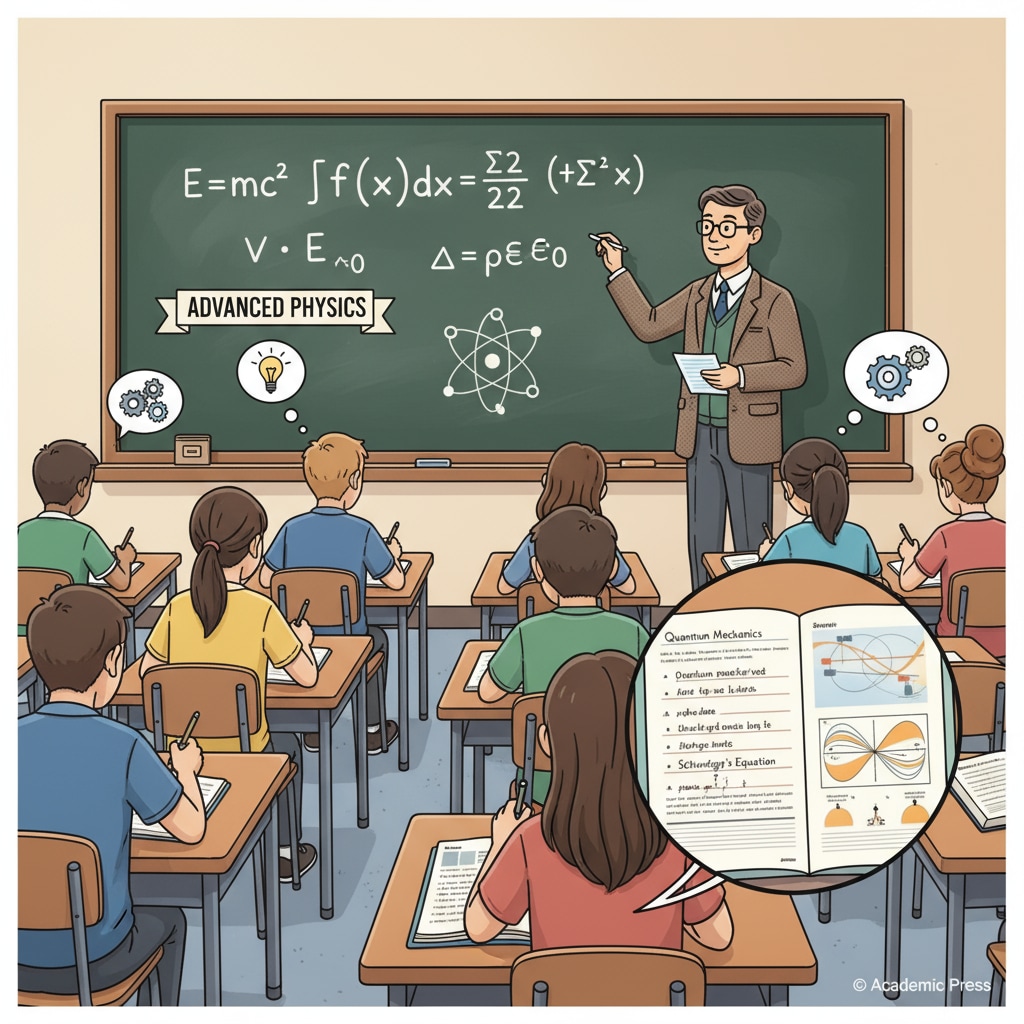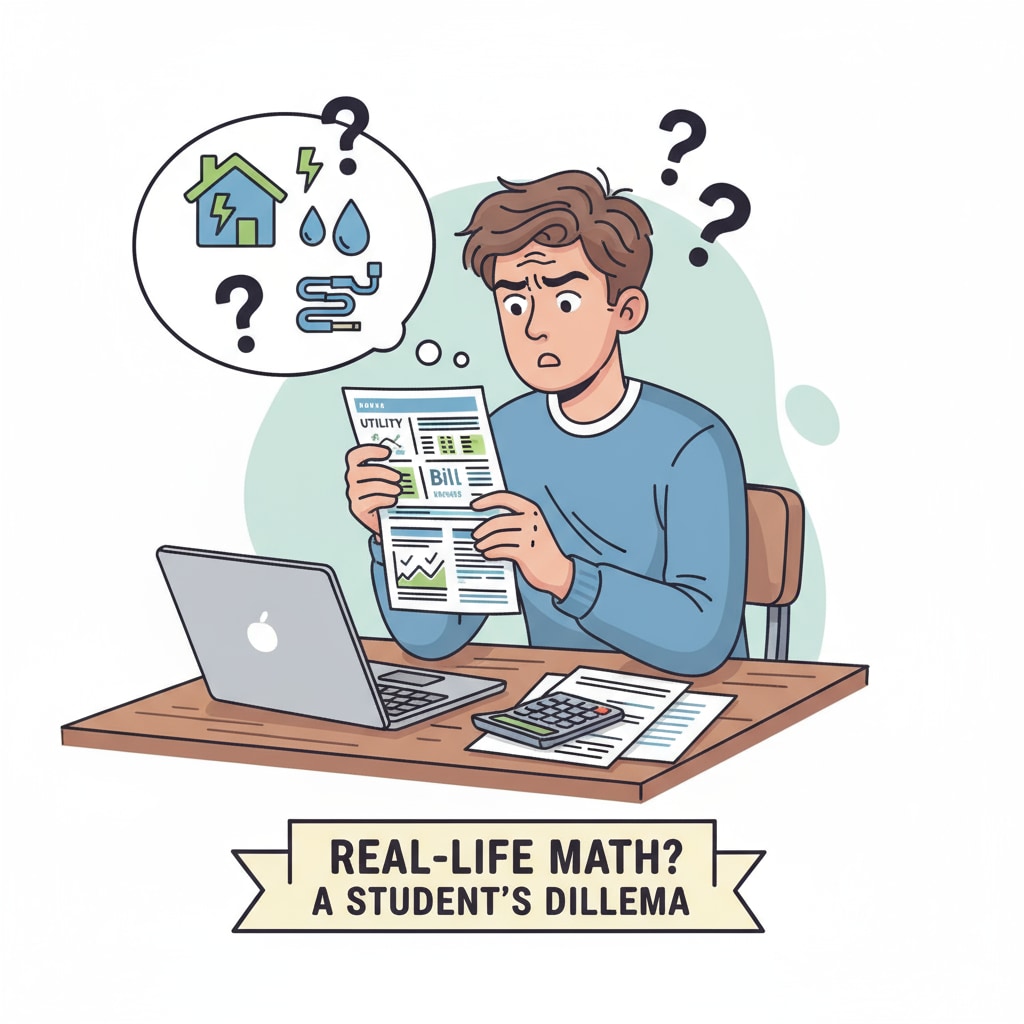School education, life skills, and practical knowledge are areas that, in an ideal world, should be closely intertwined. However, in contemporary K12 education, there exists a significant gap between what students learn in school and what they need to thrive in real life. This disconnection has led to a situation where students, despite spending 12 years in the education system, often find themselves at a loss when faced with basic life challenges.
The Overemphasis on Academic Knowledge
The current education system places a heavy emphasis on academic knowledge. Students are drilled with facts, figures, and theoretical concepts from a young age. For example, in math classes, they learn complex algorithms and geometric principles. While these are important in their own right, the focus is often on passing exams rather than applying this knowledge in practical situations. According to Wikipedia’s Education page, this overemphasis on academics can lead to a narrow view of learning, neglecting other essential aspects of life.

The Neglect of Life Skills
Life skills such as financial management, cooking, and basic home maintenance are rarely given the attention they deserve in schools. How many students graduate from high school without knowing how to balance a checkbook or cook a simple meal? This lack of practical skills leaves them vulnerable when they move out on their own. As Britannica’s Education article points out, education should be more than just academic achievement; it should equip students with the tools to lead independent and fulfilling lives.

To address this issue, schools need to reevaluate their curriculum. Incorporating practical courses into the daily schedule can make a significant difference. For instance, offering classes on personal finance, home economics, and basic carpentry can empower students with the skills they need. In addition, internships and hands-on projects can provide real-world experience, helping students bridge the gap between theory and practice.
Readability guidance: The article uses short paragraphs to make the content more digestible. Each H2 section presents a key point, and external links are provided for further exploration. Transition words like “however”, “for example”, and “in addition” are used to enhance the flow of the text.


